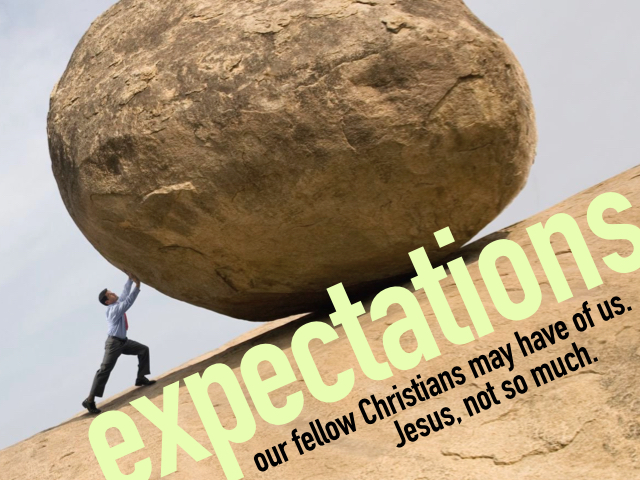Most everybody’s favorite psalm.
Adonái ro’i (Latin, Dominus pascit me), “the L
Hebrew poetry doesn’t rhyme. But really, all it takes to make a rhyming translation is a little effort. So I did. Went with anapestic septameter. (Poetry nerds know what that means.)
Psalm 23 KWL - 0 David’s psalm.
- 1 I am never deprived, for my shepherd’s the L
ORD . 2 In his pastures of grass do I rest. - I am guided by him to the waters so calm. 3 He provides me my life. I am blessed.
- I am led down the rightest of paths by his name. 4 In the valley’s dark shade, I may veer;
- but because you are with me, I won’t be afraid. In your stick and your staff, I take cheer.
- 5 You arrange me a table in face of my foes. You rub fat on the wool of my head.
- You have made my cup overflow. 6 All my life’s days, love and goodness pursue me instead.
- I will always return to the house of the L
ORD for the length of my days. I’m well-led.
Now, the down side to doing this is the parallelism in these verses becomes a little less obvious. And that’s not unimportant. So in order to make the parallels more obvious, I’ll format it thisaway. (And drop the text I had to pad it with to keep it in meter; and put the contractions back in.)
Psalm 23.1-6 KWL - 1 I’m never deprived; my shepherd’s the L
ORD . - 2 In pastures of grass do I rest.
- I’m guided by him to the waters so calm.
- 3 He provides me my life.
- I’m led down the rightest of paths by his name.
- 4 In the valley’s dark shade, I may veer;
- but because you’re with me, I won’t be afraid.
- In your stick and your staff, I take cheer.
- 5 You arrange me a table in face of my foes.
- You rub fat on my head. You make my cup overflow.
- 6 All my life’s days, love and goodness pursue me.
- I return to the house of the L
ORD for the length of my days.


